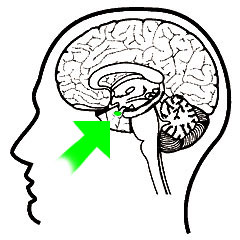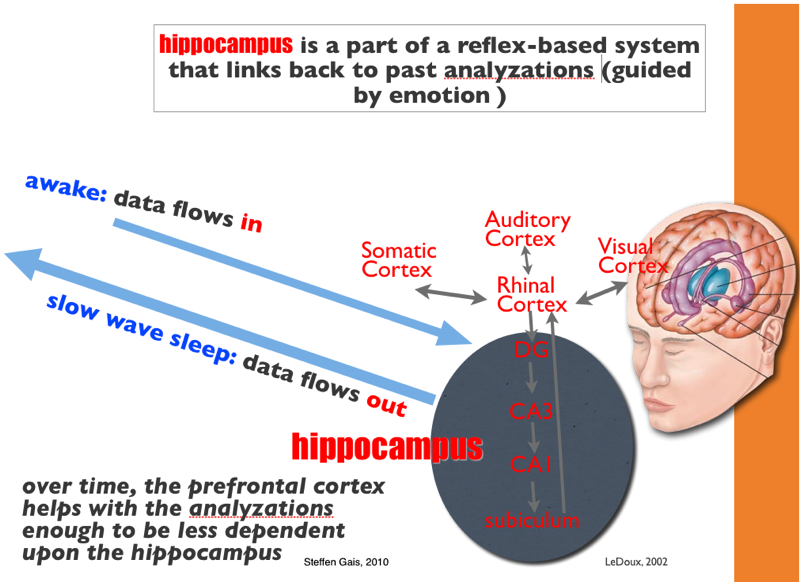The Limbic System!
If the brain stem is the reptilian brain, then the limbic system what is sometimes referred to as the mammalian brain. It is located above and around the brain stem (see right), logically sandwiched between that and our cerebrum, and is associated with emotion. Interestingly, the more we learn about how emotion functions, the more we find that it is not a distracter of learning, but a necessary component or governor of learning (Immordino-Yang, 2008). We must therefore veer away from simplistically calling the limbic system the mammalian brain —it is much more than that for us. If the PFC is the executive of the brain, the limbic system is the heart and the librarian of humans. Current pop psychology still tends to separate emotion from learning (and librarians), perhaps still guided by principles set in motion by classic writers such as Descartes, and by cultural icons such as Science Officer Spock from the popular television series Star Trek. However we have been bombarded with evidence to the contrary for the past two decades. In a break-though book aptly titled, Descartes’ Error (1994), Damasio walks us though strong evidence of how emotion in the brain is central to our cognition, with the limbic system naturally being the center of attention.
Thalamus: The thalamus (see right ) is regarded as the hub and directory for all incoming sensory information sans smell. It is the input control master. It works in conjunction with the cerebrum and cerebellum, so it is vital in most learning contexts and perhaps even for most basic human cognition.
The Hypothalamus: Hypo meaning under, the hypothalamus is located directly under the thalamus (Fig. 4) . The hypothalamus is the internal balance master. It helps regulate common bodily functions related to homeostasis. It does this through the control of several types of hormones. The basic animalistic needs such as hunger, thirst, sleep are kept in balance by the hormone release regulation of the hypothalamus. Body temperature is also kept in balance by the hypothalamus. As can be imagined, when the hypothalamus looses control and it affects the internal balances such as sleep, hunger, or even temperature control, academic learning is low on the list of the bodily priorities of the affected person, even if they still consciously desire to learn.
The Hippocampus: Perhaps the hippocampus is the area of the brain that educators should be most concerned with. In the waking hours, it works as a librarian and seems to be cataloging cognition produced networks from all over the cortex (see below). At night, it rekindles those networks and thereby strengthening them (LeDoux, 2002; Stickgold, 2010). Compounded learning (later discussed thoroughly in the Dynamic Skills Theory section) is the crux of our cognitive prowess as humans. Without this librarian at day, rekindler at night, dual job cyclic processing that the hippocampus excels at (in cooperation with the PFC that allows us to compound our learning) (Gais, 2010), we would not be able to achieve our typical human level learning and cognition. We would return to near-blank slates after each thought process, much like the lower level animals on the earth. Getting ample quality sleep, therefore, is a key issue in learning (Meerlo, et al, 2009).
See below -- the hippocampus as librarian!
The Amygdala: Located adjacent to the tip of the hippocampus is the amygdala and is regarded as the seat of our emotions. It works as an alarm system for the body when it senses danger, enabling the body to run faster and/or fight harder by exciting the body and getting it ready for the imminent danger. It is not only for negative experiences; positive experiences such as finding good food or friendship are also processed and acted upon by the amygdala. These emotional experiences connect to the strengthening of the networks used to analyze the cause of the emotional experience (Sousa, 2011). Via Darwinian evolutionary logic, the purpose and therefore the development of the amygdala is clear. Contrary to Descartes and pop psychology, learning from what the body deems emotional is the most efficient way to learn about our surroundings — be it positive or negative emotions. Insignificant/mundane information does not affect the brain because there is no need for it in real world survival. This is a key concept that must be embraced by all teachers, especially because it is contrary to popular belief. There is a good evolutionary reason for boring material to be deemed as boring material. Moreover, boring material is actually ignored by the brain, making the study of the boring material a huge waste of time and resources.
Thalamus: The thalamus (see right ) is regarded as the hub and directory for all incoming sensory information sans smell. It is the input control master. It works in conjunction with the cerebrum and cerebellum, so it is vital in most learning contexts and perhaps even for most basic human cognition.
The Hypothalamus: Hypo meaning under, the hypothalamus is located directly under the thalamus (Fig. 4) . The hypothalamus is the internal balance master. It helps regulate common bodily functions related to homeostasis. It does this through the control of several types of hormones. The basic animalistic needs such as hunger, thirst, sleep are kept in balance by the hormone release regulation of the hypothalamus. Body temperature is also kept in balance by the hypothalamus. As can be imagined, when the hypothalamus looses control and it affects the internal balances such as sleep, hunger, or even temperature control, academic learning is low on the list of the bodily priorities of the affected person, even if they still consciously desire to learn.
The Hippocampus: Perhaps the hippocampus is the area of the brain that educators should be most concerned with. In the waking hours, it works as a librarian and seems to be cataloging cognition produced networks from all over the cortex (see below). At night, it rekindles those networks and thereby strengthening them (LeDoux, 2002; Stickgold, 2010). Compounded learning (later discussed thoroughly in the Dynamic Skills Theory section) is the crux of our cognitive prowess as humans. Without this librarian at day, rekindler at night, dual job cyclic processing that the hippocampus excels at (in cooperation with the PFC that allows us to compound our learning) (Gais, 2010), we would not be able to achieve our typical human level learning and cognition. We would return to near-blank slates after each thought process, much like the lower level animals on the earth. Getting ample quality sleep, therefore, is a key issue in learning (Meerlo, et al, 2009).
See below -- the hippocampus as librarian!
The Amygdala: Located adjacent to the tip of the hippocampus is the amygdala and is regarded as the seat of our emotions. It works as an alarm system for the body when it senses danger, enabling the body to run faster and/or fight harder by exciting the body and getting it ready for the imminent danger. It is not only for negative experiences; positive experiences such as finding good food or friendship are also processed and acted upon by the amygdala. These emotional experiences connect to the strengthening of the networks used to analyze the cause of the emotional experience (Sousa, 2011). Via Darwinian evolutionary logic, the purpose and therefore the development of the amygdala is clear. Contrary to Descartes and pop psychology, learning from what the body deems emotional is the most efficient way to learn about our surroundings — be it positive or negative emotions. Insignificant/mundane information does not affect the brain because there is no need for it in real world survival. This is a key concept that must be embraced by all teachers, especially because it is contrary to popular belief. There is a good evolutionary reason for boring material to be deemed as boring material. Moreover, boring material is actually ignored by the brain, making the study of the boring material a huge waste of time and resources.
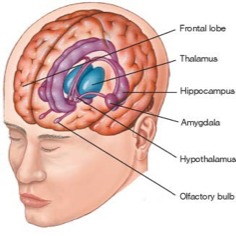
Limbic system (below)
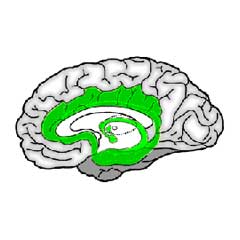
Thalamus (below)
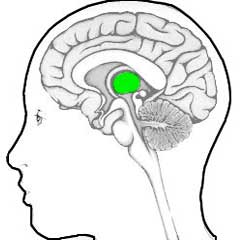
Hypothalamus (below)
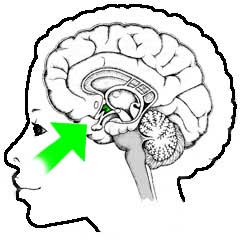
Hippocampus (below)
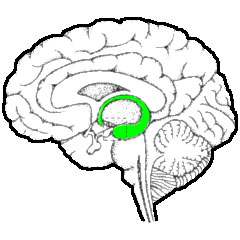
Amygdala (below)
